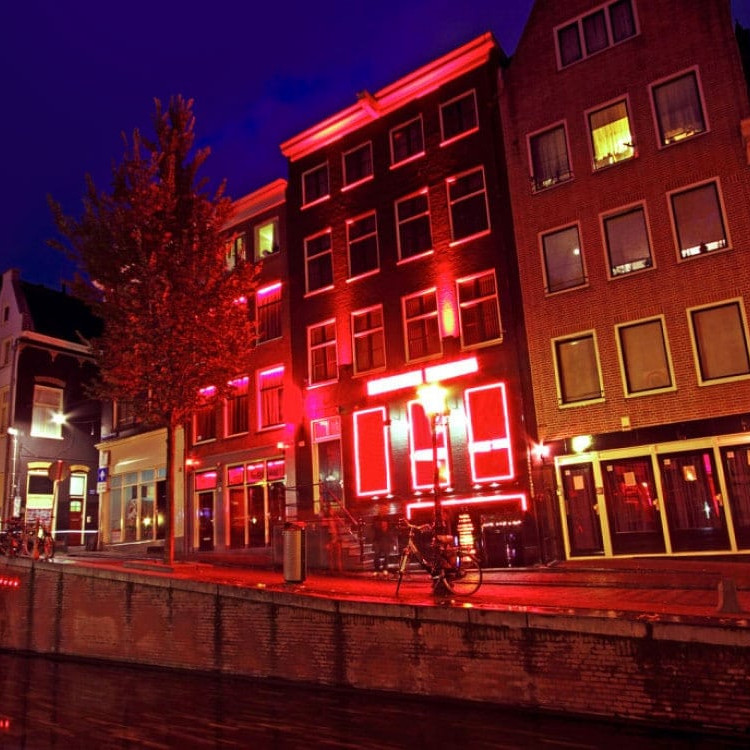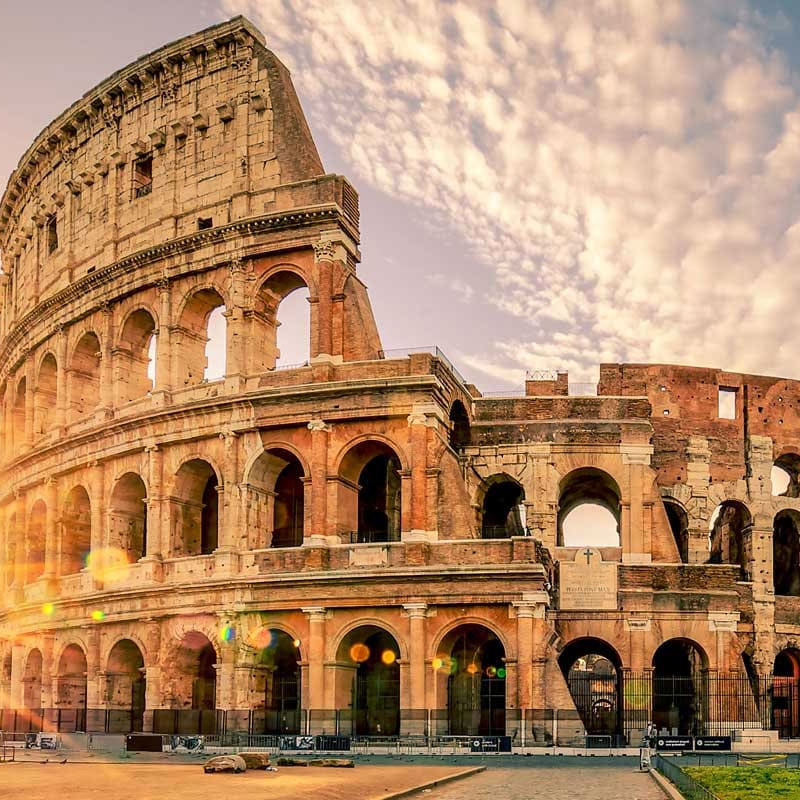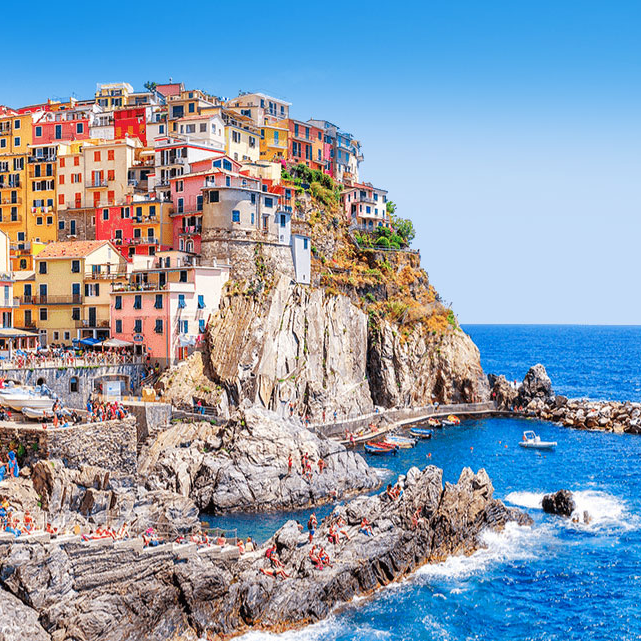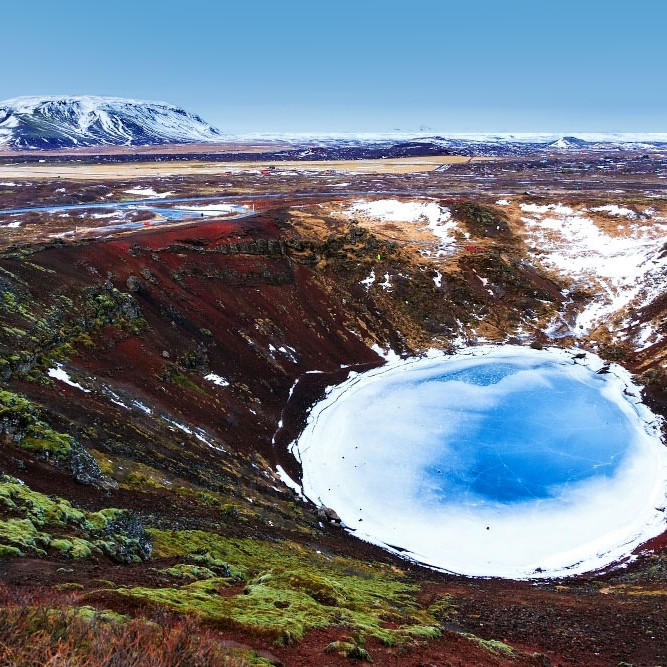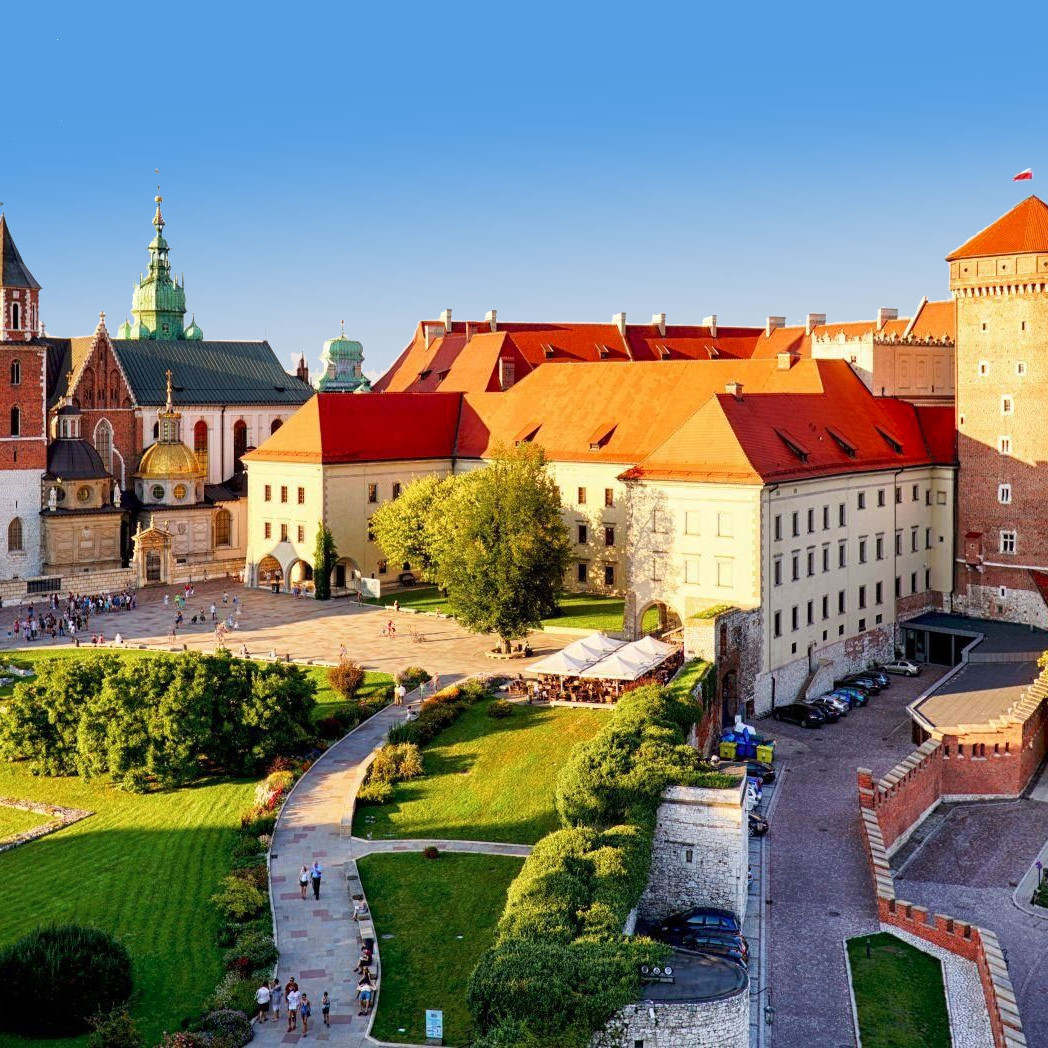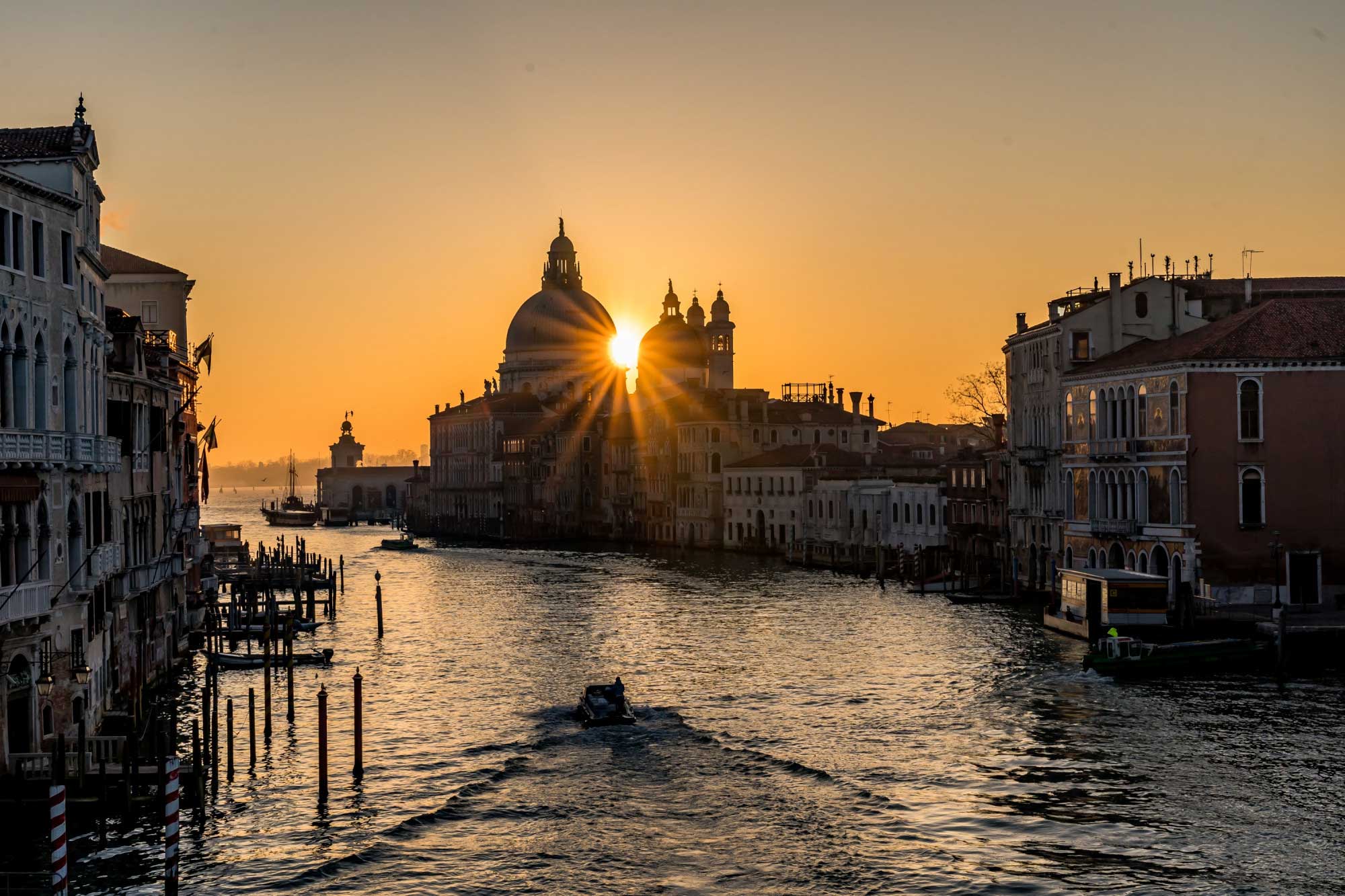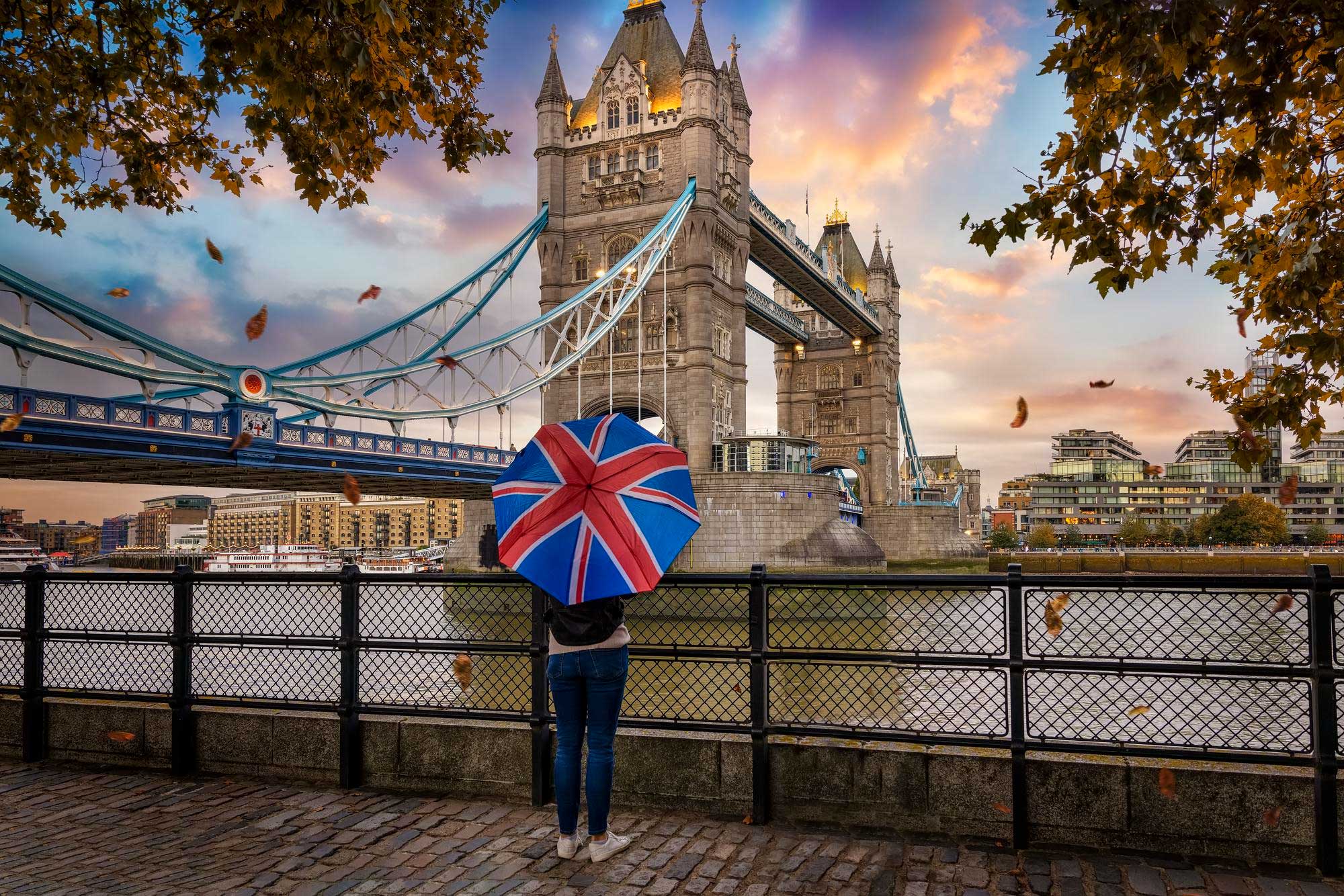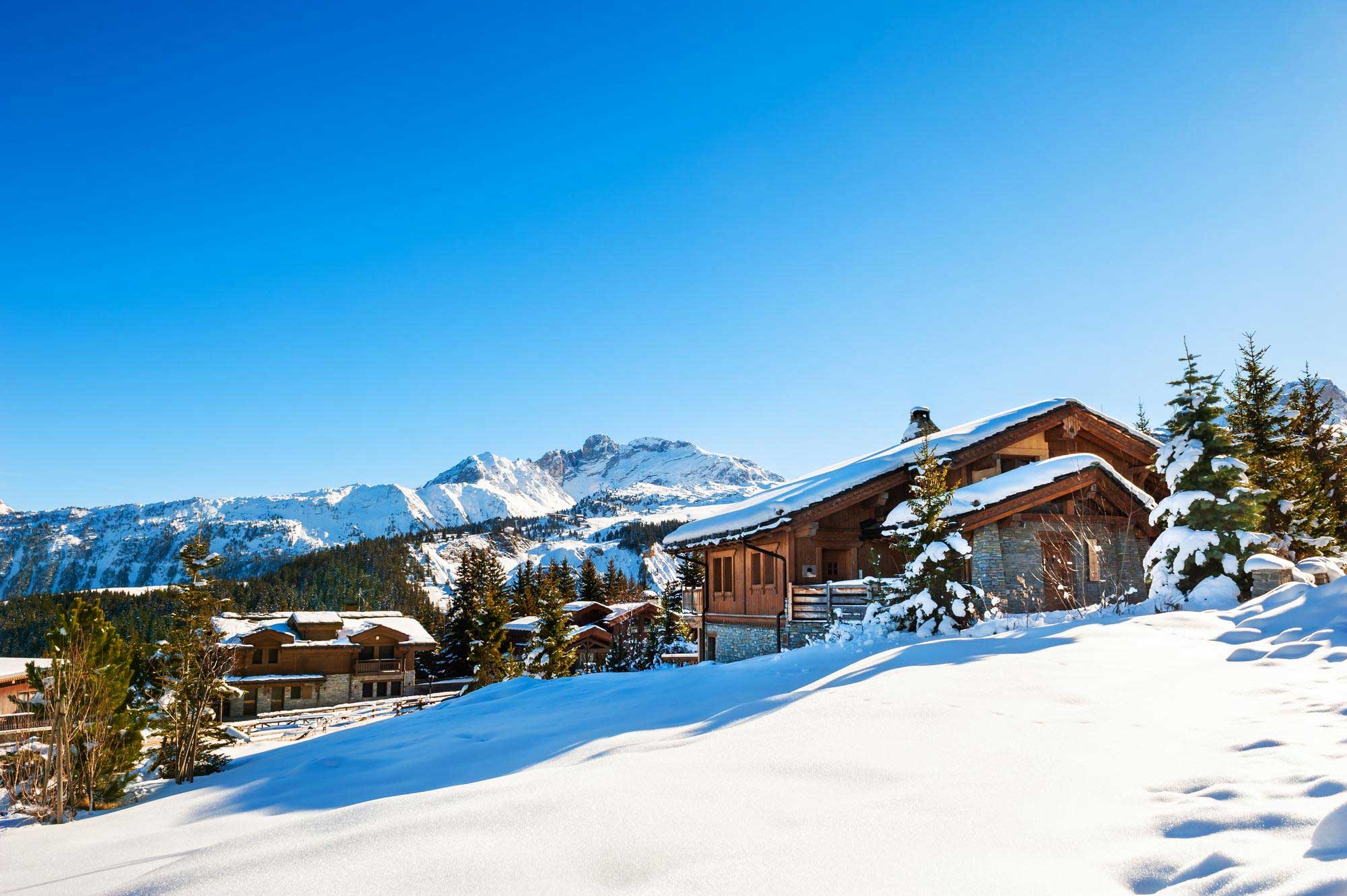Destinations
EUROPE
TRAVEL GUIDE
Destinations
Europe
TRAVEL GUIDE
There are many reasons why to travel to Europe, the smallest of the seven continents. Whether you are taking a romantic getaway, a solo trip or a backpacking adventure, Europe has something to offer to everybody, from culture and centuries of history to an incredible nightlife, delicious and diverse food and hospitable people.
Why Visit Europe
HISTORY
Europe is home to some of the world’s most significant historical sites, including ancient ruins, medieval castles, and famous battlefields. The continent has been a center of human civilization for thousands of years, and its history is an integral part of its identity.
FOOD & NIGHTLIFE
Europe is famous for its delicious food and vibrant nightlife. From traditional dishes like pasta and pizza in Italy to haute cuisine in France, there is something for every palate. European cities also offer a lively nightlife scene, with clubs, bars, and music venues that stay open late into the night.
LANDSCAPES AND ARCHITECTURE
Europe it’s undeniably gorgeous, boasting a diverse range of landscapes, from snowy peaks to rolling hills and sandy beaches. Its cities are also known for their stunning architecture, with centuries-old buildings and modern masterpieces side by side.
EVERYTHING IS A CELEBRATION
Europeans love to celebrate, and there are plenty of festivals and events happening all year round. From Carnival in Venice to Oktoberfest in Munich, there is always something to look forward to.
EUROPEAN UNION
Thanks to the creation of the European union, traveling around Europe is easier than ever. Travelers can now cross borders freely with a single passport stamp on arrival, and another upon departure.
CULTURE
The culture of Europe is rooted in the art, architecture, film, different types of music, literature. Every country has something unique to offer.

There are many reasons why to travel to Europe, the smallest of the seven continents. Whether you are taking a romantic getaway, a solo trip or a backpacking adventure, Europe has something to offer to everybody, from culture and centuries of history to an incredible nightlife, delicious and diverse food and hospitable people.

Why Visit Europe
HISTORY
Europe is home to some of the world’s most significant historical sites, including ancient ruins, medieval castles, and famous battlefields. The continent has been a center of human civilization for thousands of years, and its history is an integral part of its identity.
FOOD & NIGHTLIFE
Europe is famous for its delicious food and vibrant nightlife. From traditional dishes like pasta and pizza in Italy to haute cuisine in France, there is something for every palate. European cities also offer a lively nightlife scene, with clubs, bars, and music venues that stay open late into the night.
LANDSCAPES AND ARCHITECTURE
Europe it’s undeniably gorgeous, boasting a diverse range of landscapes, from snowy peaks to rolling hills and sandy beaches. Its cities are also known for their stunning architecture, with centuries-old buildings and modern masterpieces side by side.
EVERYTHING IS A CELEBRATION
Europeans love to celebrate, and there are plenty of festivals and events happening all year round. From Carnival in Venice to Oktoberfest in Munich, there is always something to look forward to.
EUROPEAN UNION
Thanks to the creation of the European union, traveling around Europe is easier than ever. Travelers can now cross borders freely with a single passport stamp on arrival, and another upon departure.
CULTURE
The culture of Europe is rooted in the art, architecture, film, different types of music, literature. Every country has something unique to offer.
Bucket List
How to get around
Europe is a well-connected continent with a variety of transportation options available to travelers. Here are some ways to get around Europe:
- Air travel: With many international and regional airports, air travel is a fast and efficient way to get around Europe. Many low-cost airlines operate within Europe, making it affordable to fly to different destinations.
- Train travel: Europe has an extensive rail network that connects most major cities and towns. High-speed trains such as Eurostar, TGV, and ICE can take you from one country to another quickly and comfortably.
- Bus travel: Many bus companies operate in Europe, providing affordable and flexible travel options. Some bus services offer overnight trips, allowing you to save on accommodation costs.
- Car rental: Renting a car can be a great way to explore Europe at your own pace. However, it’s important to note that driving rules and regulations vary by country, and parking can be challenging in some cities.
- Bicycle: Many cities in Europe have bike-sharing schemes, making it easy to cycle around and explore. Cycling tours are also popular, allowing you to see the countryside and scenic routes.
- Walking: Walking is a great way to see the sights and explore the cities on foot. Many European cities are pedestrian-friendly, with historic centers and quaint streets to discover.
It’s important to research and plan your transportation ahead of time, taking into account your budget and travel preferences. With so many options available, you’re sure to find a way to get around Europe that suits your needs.
Money Saving Tips
- Choose budget-friendly destinations: Some cities in Europe can be quite expensive, so consider visiting smaller towns or cities that are less touristy and more affordable.
- Travel during off-season: Visiting Europe during peak season (June to August) can be quite expensive, so consider traveling during the shoulder seasons (April to May, and September to October) when prices are lower.
- Use public transportation: Instead of renting a car or taking taxis everywhere, consider using public transportation like buses, trams, and trains. Many cities have day or week passes that can save you money.
- Eat like a local: Eating out at restaurants can add up quickly, so consider visiting local markets and supermarkets to pick up affordable and delicious meals. You can also look for street food vendors for tasty and cheap eats.
- Use free attractions and activities: Many museums and cultural attractions in Europe offer free admission or discounted rates on certain days. There are also plenty of free activities like walking tours and hiking trails that you can enjoy.
- Stay in budget-friendly accommodation: Instead of splurging on a fancy hotel, consider staying in hostels, guesthouses, or vacation rentals. You can also look for budget-friendly hotel chains like ibis or Premier Inn.
- Get a Rail Pass: If you are planning on staying in Europe for a long period and visit a lot of places, I recommend you get a Eurail Pass, it could save you hundreds of dollars.
What to expect in Europe
LANGUAGE
Europe is a continent made out of 27 countries, a diverse continent with a multitude of languages spoken throughout its different regions. The most commonly spoken languages are English, French, German, Italian and Spanish. However, many countries have their own unique languages such as Greek, Dutch, Polish, Russian and many more.
ELECTRICITY
The electricity supply in Europe is 220v, which means that appliances using North American voltage (110v) will need a transformer and an adaptor.
CURRENCY
Europe has a variety of currencies depending on the country. The most widely used currency is the Euro, which is used by 19 out of the 27 countries in the European Union. The current exchange rate of the Euro to USD is around 1 Euro to 1.12 USD, as of 2023.
SAFETY
I’ve found Europe to be quite safe, but just like anywhere else you need to be alert and use your common sense, mostly in the main cities and crowded places. Pickpocketing is a common problem, so keep your valuables close and always be aware of your surroundings.
CLIMATE
Europe has a diverse climate that varies by region and season. Generally, the continent experiences four distinct seasons, with the temperature ranging from mild to extremely cold depending on the time of year and location. The average temperature in the summer ranges from 20-30°C (68-86°F) and in the winter, it ranges from 0-10°C (32-50°F). The
VISA POLICY
As Europe is a continent composed of many countries, each country has its own visa policy. However, for some travelers, there is a unified visa policy to enter the Schengen Area, which is a zone comprising 26 European countries that have abolished internal borders.
Citizens from countries such as the United States, Canada, Australia, Japan, and most South American countries can enter the Schengen Area for up to 90 days within a 180-day period without a visa.
Other countries require a visa to enter the Schengen Area, including Russia, China, India, and most African countries. Citizens of these countries should apply for a Schengen visa at the embassy or consulate of the country they plan to visit.
It’s important to note that even if a traveler doesn’t require a visa to enter the Schengen Area, they may need one to enter specific countries in Europe outside the Schengen Area, such as the United Kingdom, Ireland, Croatia, or Turkey. It’s best to check with the embassy or consulate of the specific country for their visa requirements.
SUBSCRIBE!
Are you a globetrotter? Join our platform and get exclusive travel tips, getaways and more!
Unlock Europe Without the Headache: Vacation Packages That Let You Just Travel
Planning a trip through Europe can feel like assembling a 3D puzzle in a foreign language. There’s the thrill of possibility — Rome, Paris...
Venice shore excursions: from Doge’s Palace to the Lagoon Islands
In today's fast-paced digital world, families often find themselves physically together yet emotionally disconnected, with each member...
Smart UK Approaches to Getting Fit Before Holidays
As holiday plans are confirmed across the UK, many people begin thinking about how to feel their best and most confident while away...
How to Travel the UK on a Shoestring: 7 Hacks to Stretch Your Budget
Exploring the UK doesn't have to drain your bank account. With some savvy planning and smart tactics, you can enjoy everything this...
5 Days Spent in Courchevel Luxury Lifestyle
There are resorts renowned for their pistes. There are towns where people travel for their restaurants. But Courchevel is a world where...
The Best Places To Visit in France For First Timers
France is one of those countries that never feels like just one trip will do it justice. There’s the food, the history, the landscapes...


